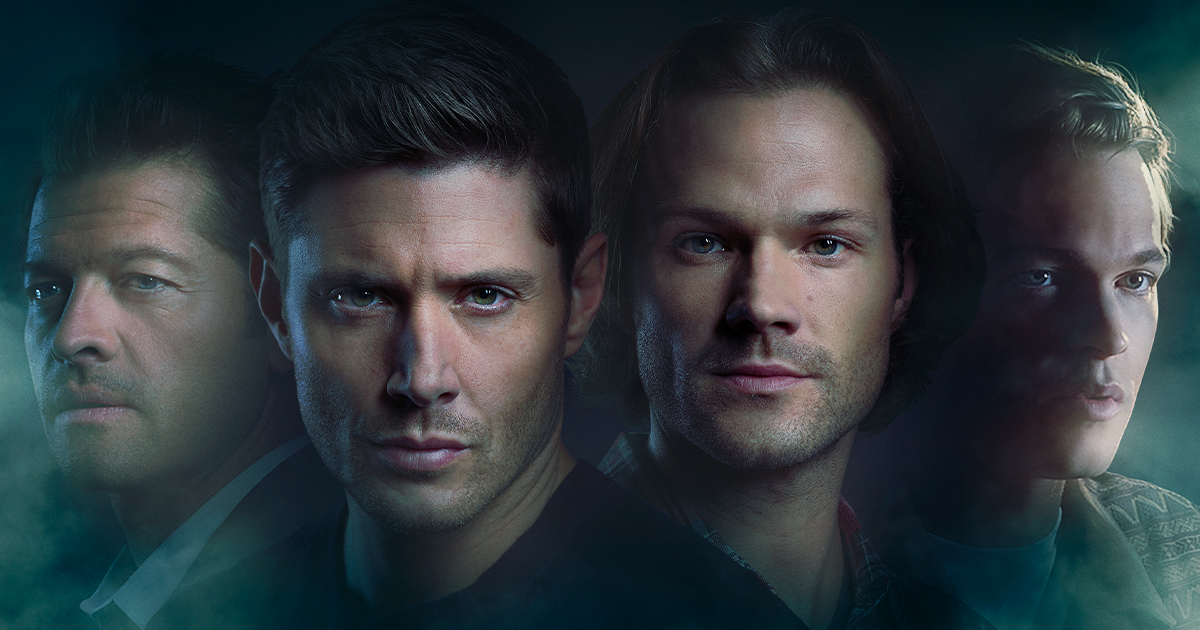Sasha Sloan (real name: Alexandra Artourovna Yatchenko) is a YouTube singer-songwriter. In February of this year, she made her first debut on national television on The Late Night Show with Stephen Colbert. Although she's only been an officially recognized artist for several months, I believe she's achieved quite a lot to be considered a pro-C in the musical domain.

BEGINNINGS
Sasha Sloan was born in Boston, Massachusetts. She grew up teaching herself to play the piano that her mother had bought for her when she was 5. When she reached the age of 19, Sloan moved to LA to pursue a songwriting career. To support herself, she worked at a coffee shop.
Between the years 2015 and 2017, she was featured in and credited for several songs. She continued writing songs for Idina Menzel, Camila Cabello, Charli XCX, and many others.
In 2018, she released her debut EP and an additional EP: Sad Girl and Loser.
This year, she released her first album, Self-Portrait. If you ask me, she's quite a hardworking singer-songwriter.
PROCESS
In a Q&A session, Sloan talks about her feelings on pop songs:
"I would feel uncomfortable putting out songs that were pop and happy, because that's not who I am as I write... when I write for some reason, I just get really emotional, so it feels natural to me."
In addition, she talks about how spontaneous her musical process is:
"I think I've been writing for so long that it's easy to take my hat off and just be myself... But it's weird -- I just kind of know when a song is for me. It's just a feeling; I can't explain it." Therefore, her past experience with writing music has helped her gain the tools for good songwriting as well as helped her discover her own style of music.
Upon being asked the question, "Does your songwriting correlate with where you are at that point in your life?", she responded with, "...most of the songs were written before I had broken up with my boyfriend, so they were kind of foreshadowing. Super weird, I know... But I think sometimes when I'm writing, I don't really know what's going on in my brain, so I'll write something and be like, 'Oh shit, this is how I'm actually feeling'." This shows that instead of having a thorough method for writing songs, Sloan just writes songs based on how she feels at the moment, or what she has actually experienced in the past. For example, one of her songs called "Older" from Self Portrait talks about her, as a kid, hating her parents for always yelling in the house, but then growing up to understand that "loving is hard". With her music on YouTube, she usually comments under the videos about the meaning of her songs so that her listeners can better understand where she got the ideas from. With "Older", she shared that she had cried while writing this song because she wasn't sympathetic for her parents' situation until they had actually split.
ANALYSIS
As I've stated before, I would consider Sasha Sloan to be a pro-C because she has worked with many popular artists before she actually became remarkably recognized by the public.
Another artist I would easily compare her with is Billie Eilish, because they both write songs about things that many people can relate to: depression, divorce or unhappy relationships, death, and many more; this is what I think makes her stand out from typical pop artists (Songs such as "Older", "Dancing with Your Ghost", "Thank God", etc. prove my point.) Both of their songwriting processes are completely spontaneous, but I believe Sloan really moves people just a little more with her songs.
However, I'm not too sure as to whether Sasha Sloan is extrinsically or intrinsically motivated.
----
References
https://en.wikipedia.org/wiki/Sasha_Sloan
https://www.onestowatch.com/blog/qa-sasha-sloan-discusses-her-writer-to-artist
This year, she released her first album, Self-Portrait. If you ask me, she's quite a hardworking singer-songwriter.
PROCESS
In a Q&A session, Sloan talks about her feelings on pop songs:
"I would feel uncomfortable putting out songs that were pop and happy, because that's not who I am as I write... when I write for some reason, I just get really emotional, so it feels natural to me."
In addition, she talks about how spontaneous her musical process is:
"I think I've been writing for so long that it's easy to take my hat off and just be myself... But it's weird -- I just kind of know when a song is for me. It's just a feeling; I can't explain it." Therefore, her past experience with writing music has helped her gain the tools for good songwriting as well as helped her discover her own style of music.
Upon being asked the question, "Does your songwriting correlate with where you are at that point in your life?", she responded with, "...most of the songs were written before I had broken up with my boyfriend, so they were kind of foreshadowing. Super weird, I know... But I think sometimes when I'm writing, I don't really know what's going on in my brain, so I'll write something and be like, 'Oh shit, this is how I'm actually feeling'." This shows that instead of having a thorough method for writing songs, Sloan just writes songs based on how she feels at the moment, or what she has actually experienced in the past. For example, one of her songs called "Older" from Self Portrait talks about her, as a kid, hating her parents for always yelling in the house, but then growing up to understand that "loving is hard". With her music on YouTube, she usually comments under the videos about the meaning of her songs so that her listeners can better understand where she got the ideas from. With "Older", she shared that she had cried while writing this song because she wasn't sympathetic for her parents' situation until they had actually split.
ANALYSIS
As I've stated before, I would consider Sasha Sloan to be a pro-C because she has worked with many popular artists before she actually became remarkably recognized by the public.
Another artist I would easily compare her with is Billie Eilish, because they both write songs about things that many people can relate to: depression, divorce or unhappy relationships, death, and many more; this is what I think makes her stand out from typical pop artists (Songs such as "Older", "Dancing with Your Ghost", "Thank God", etc. prove my point.) Both of their songwriting processes are completely spontaneous, but I believe Sloan really moves people just a little more with her songs.
However, I'm not too sure as to whether Sasha Sloan is extrinsically or intrinsically motivated.
----
References
https://en.wikipedia.org/wiki/Sasha_Sloan
https://www.onestowatch.com/blog/qa-sasha-sloan-discusses-her-writer-to-artist












